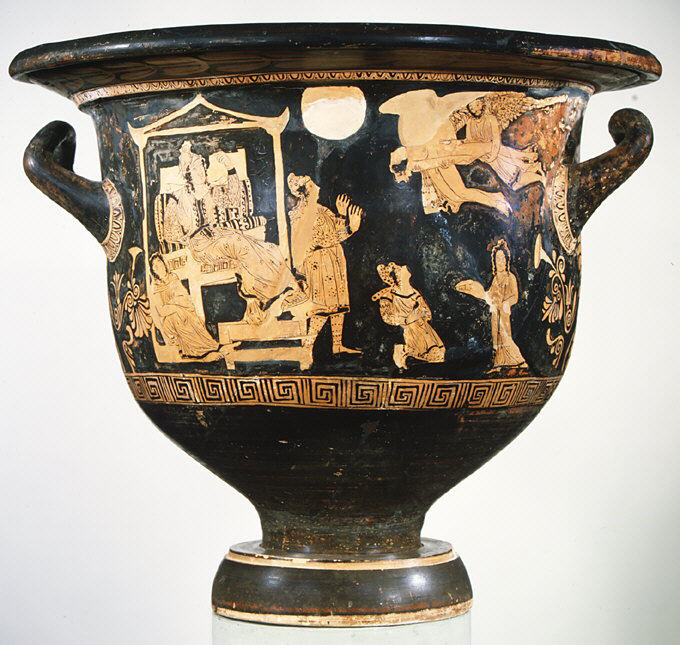

She marshals evidence to show that Etruscan consumers purposefully selected figured pottery that harmonized with their own local needs and customs, so much so that the vases are better described as etruscanized.

Using documented archaeological assemblages, especially from tombs in southern Etruria, Bundrick challenges the widely held assumption that Etruscans were hellenized through Greek imports. Thousands of Greek painted vases have emerged from excavations of tombs, sanctuaries, and settlements throughout Etruria, from southern coastal centers to northern communities in the Po Valley. Bundrick shifts attention to their Etruscan customers, ancient trade networks, and archaeological contexts. Most studies of these painted vases focus on the artistry and worldview of the Greeks who made them, but Sheramy D.

A lucrative trade in Athenian pottery flourished from the early sixth until the late fifth century B.C.E., finding an eager market in Etruria.


 0 kommentar(er)
0 kommentar(er)
